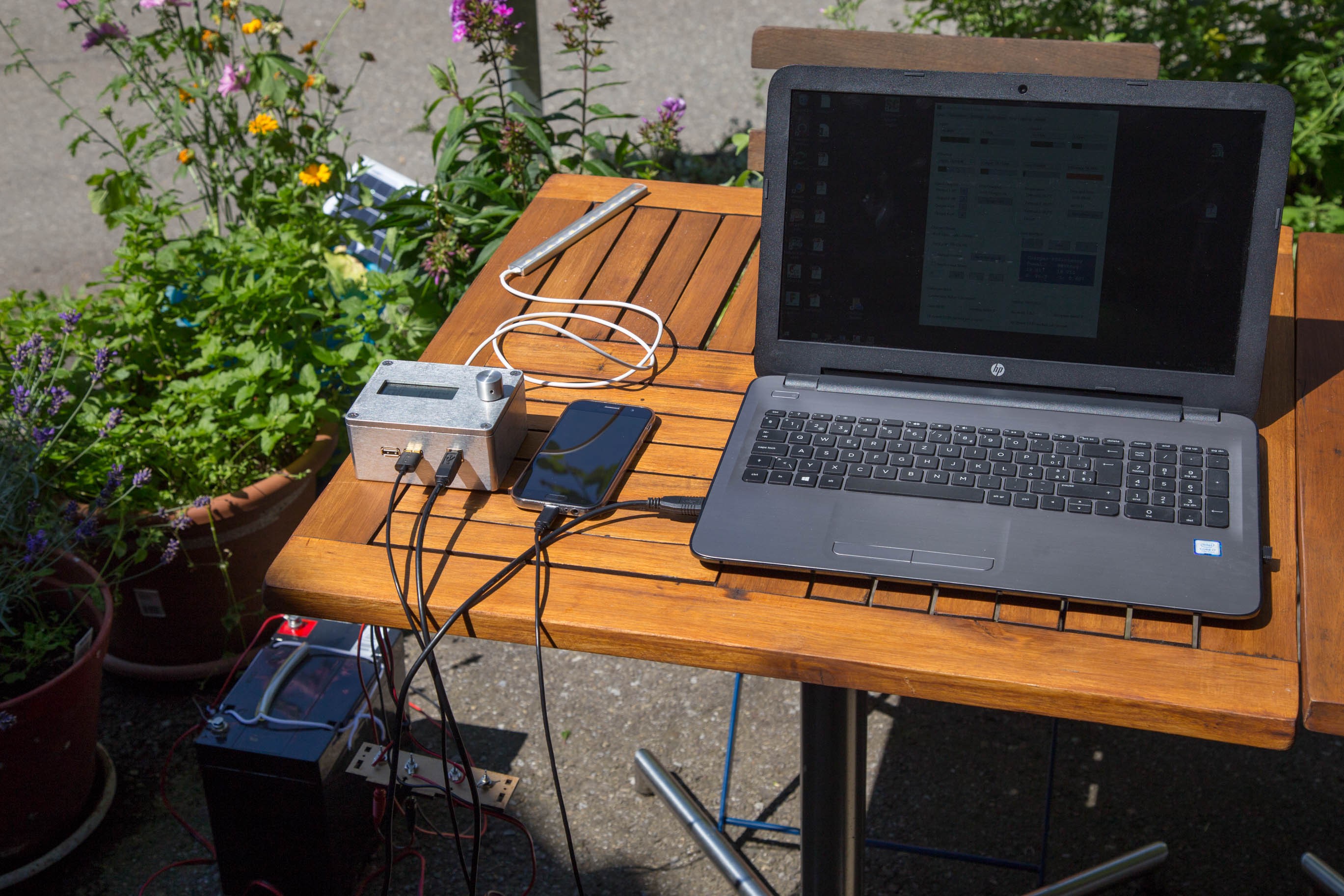
So I moved my 35 watt solar panel outside, grabed one of the Rev F solar chargers, connected a battery, my laptop and some more gear.
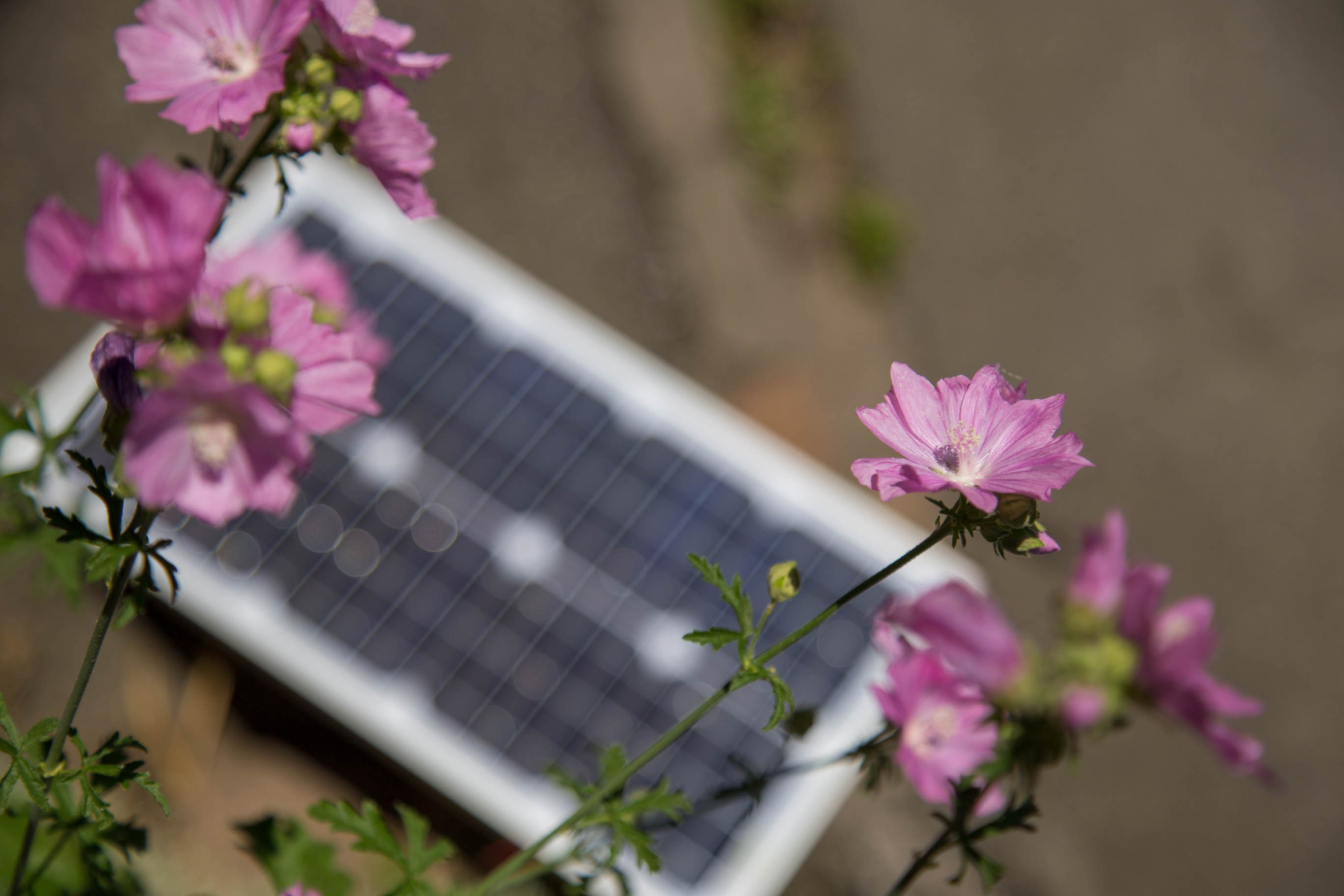
This is an ongoing project but it has been going on for almost 3 years so that the charger is mature enough to be deployed. Some software features are still missing and others are still a bit rough around the edges but it can easily be used as is.
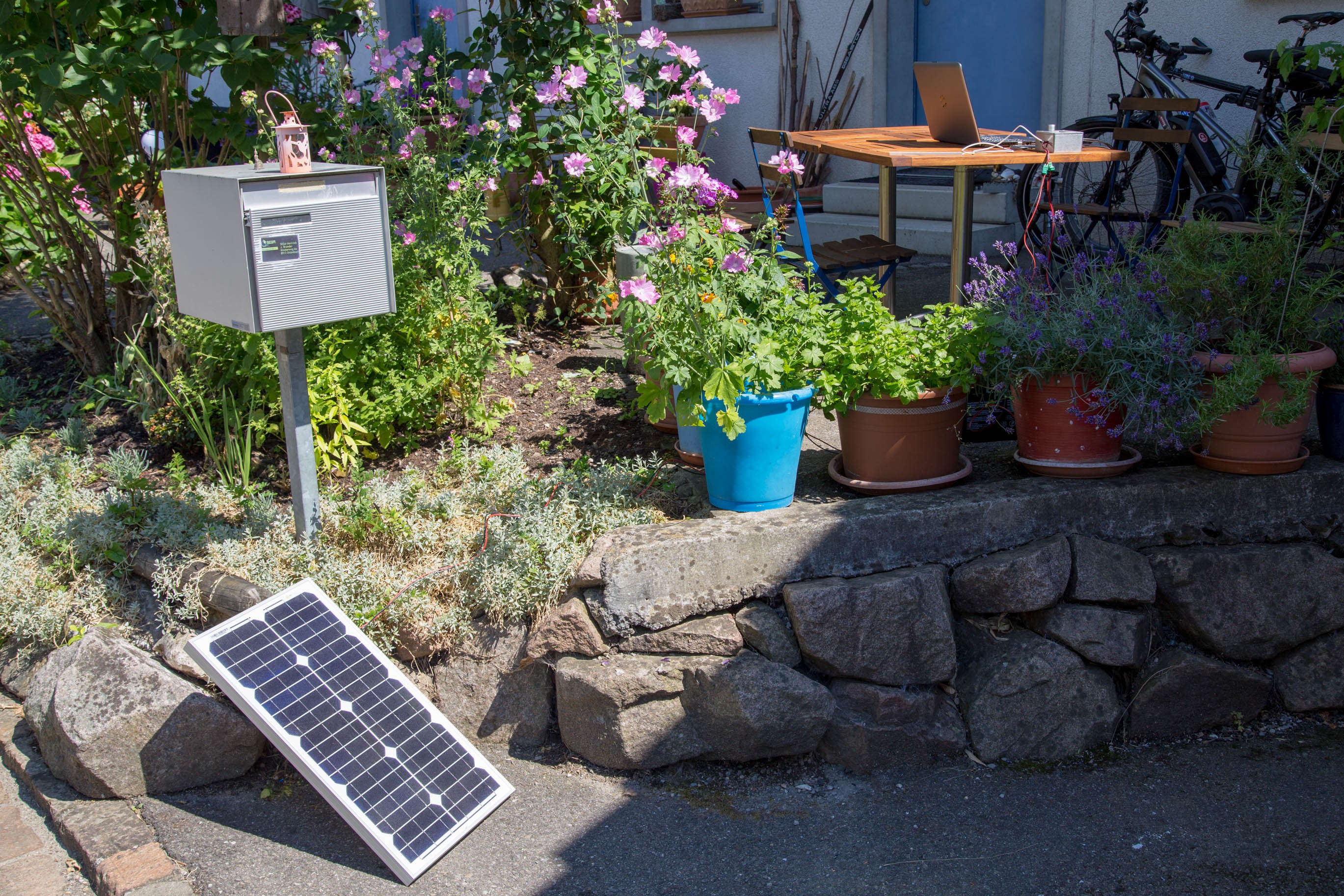
As a hobbyist, I do most of my development and testing late at night when there tends to be little sun so this represented a rare opportunity for me to do some testing with a real solar panel as opposed to a lab supply.
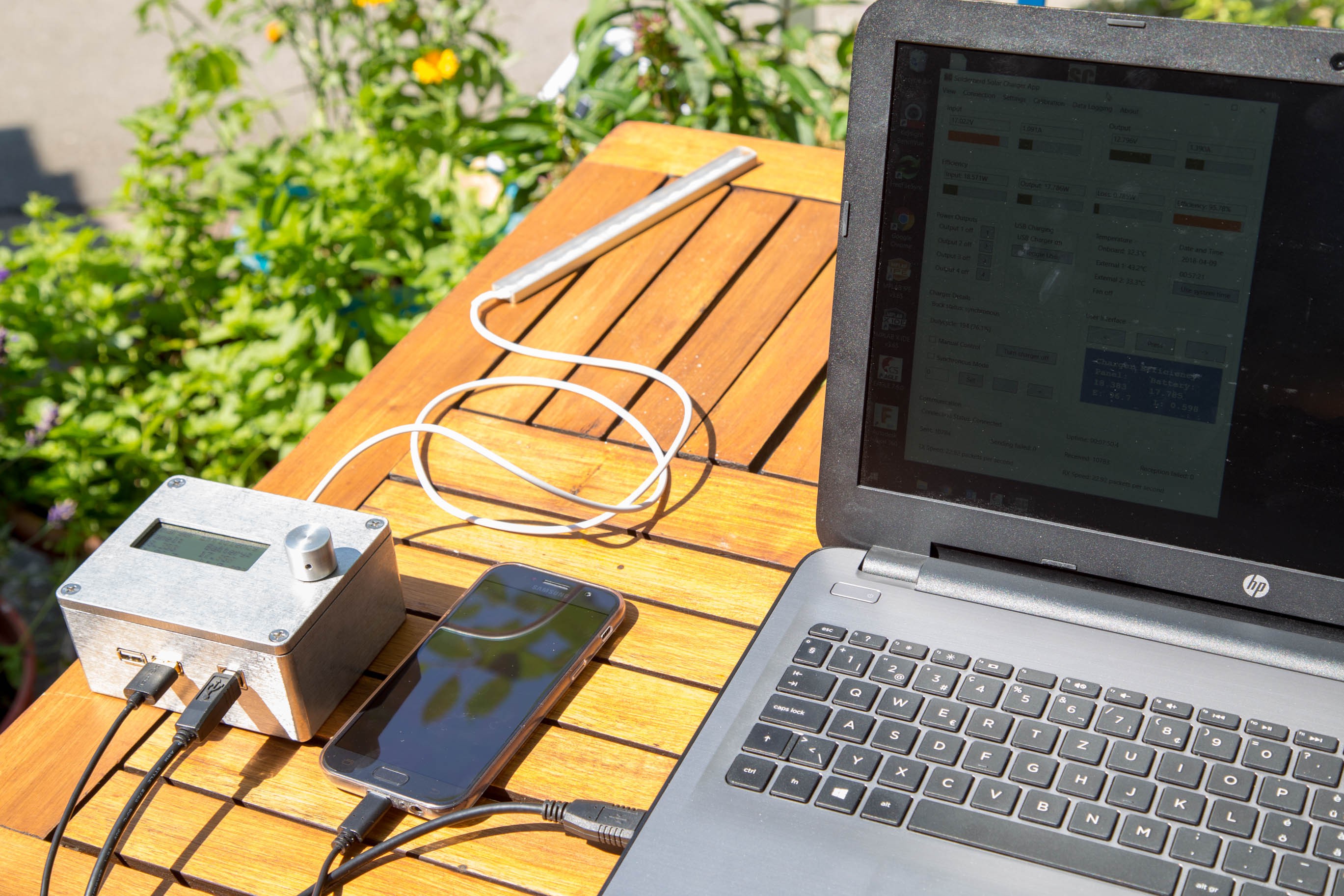
As mentioned above, I only used a 35 watt panel which happens to be the only panel I have. So this test was not so much about pushing the charger to its limits but rather how usable it is at this stage of development and about how it performs in a more real-world setting.
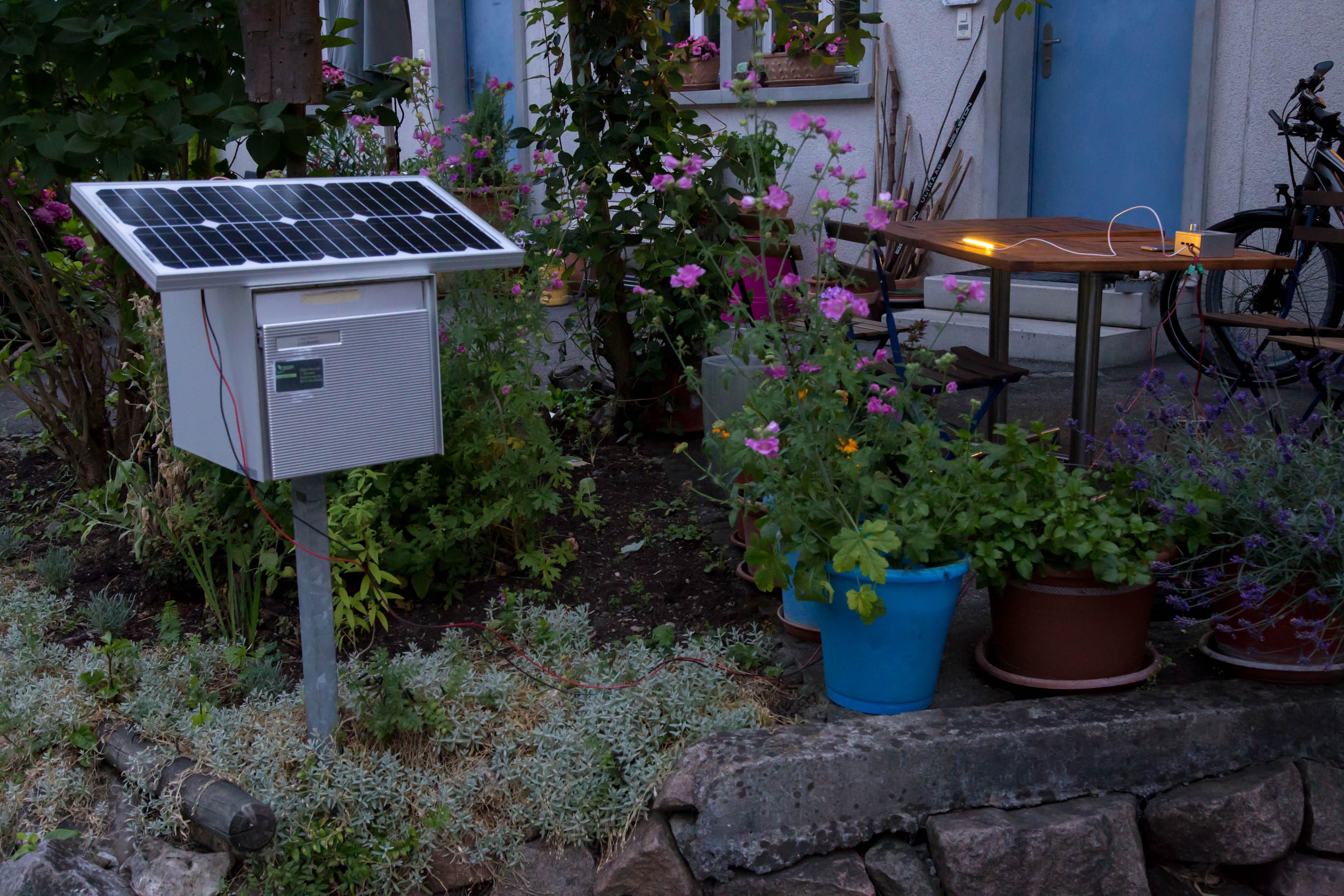
The test was rather unspectacular but successful for that very reason. I set it up and let it do its thing. And it just worked. It never crashed or performed weirdly. It just harvested energy all day long. Typically around 20 watts which was what the panel was able to provide.
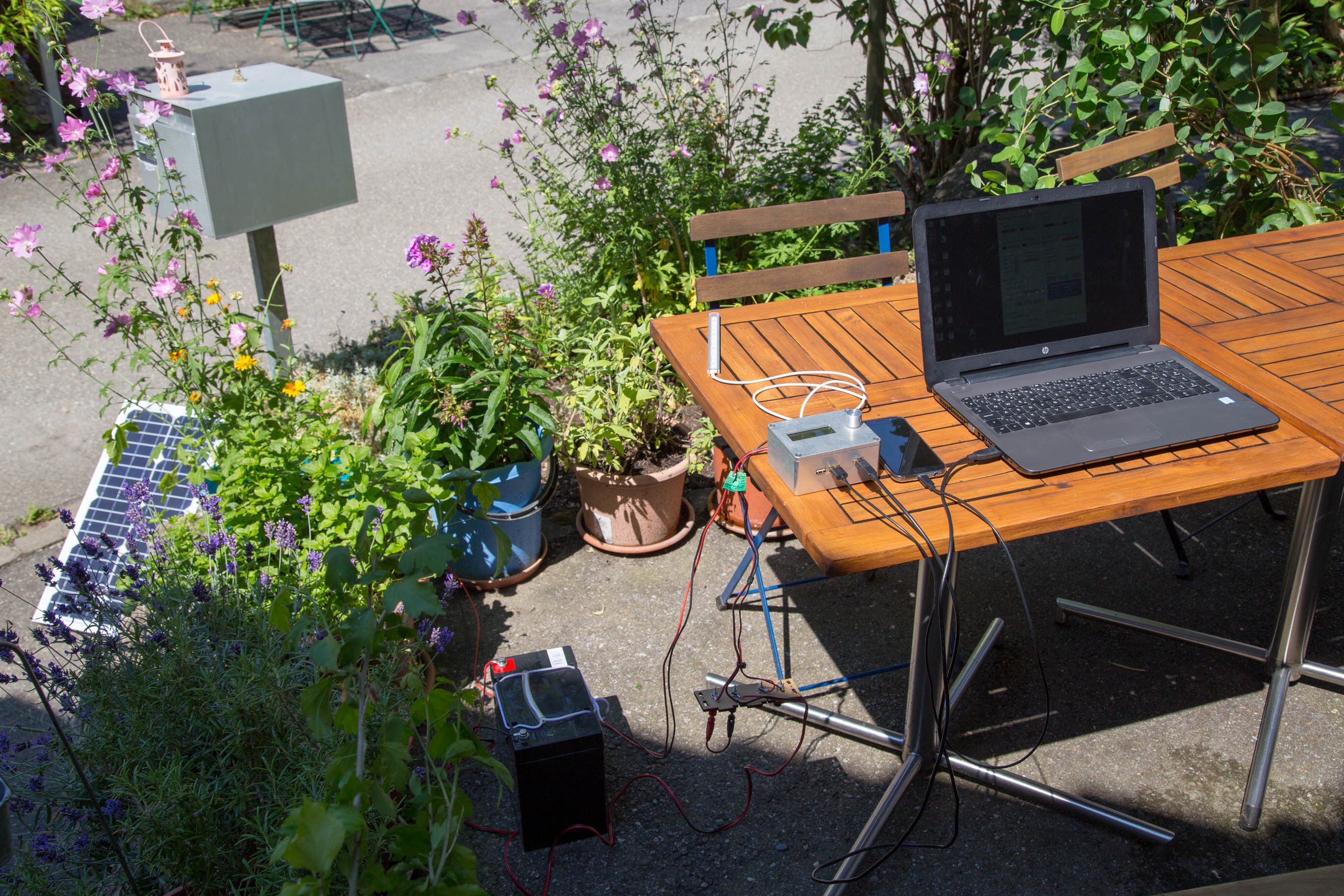
The solar charger app which I ran on my laptop also performed as it should. It worked reliably monitoring and controlling the charger without ever crashing. USB connection was never an issue. I plugged it in, started the app and it just worked.
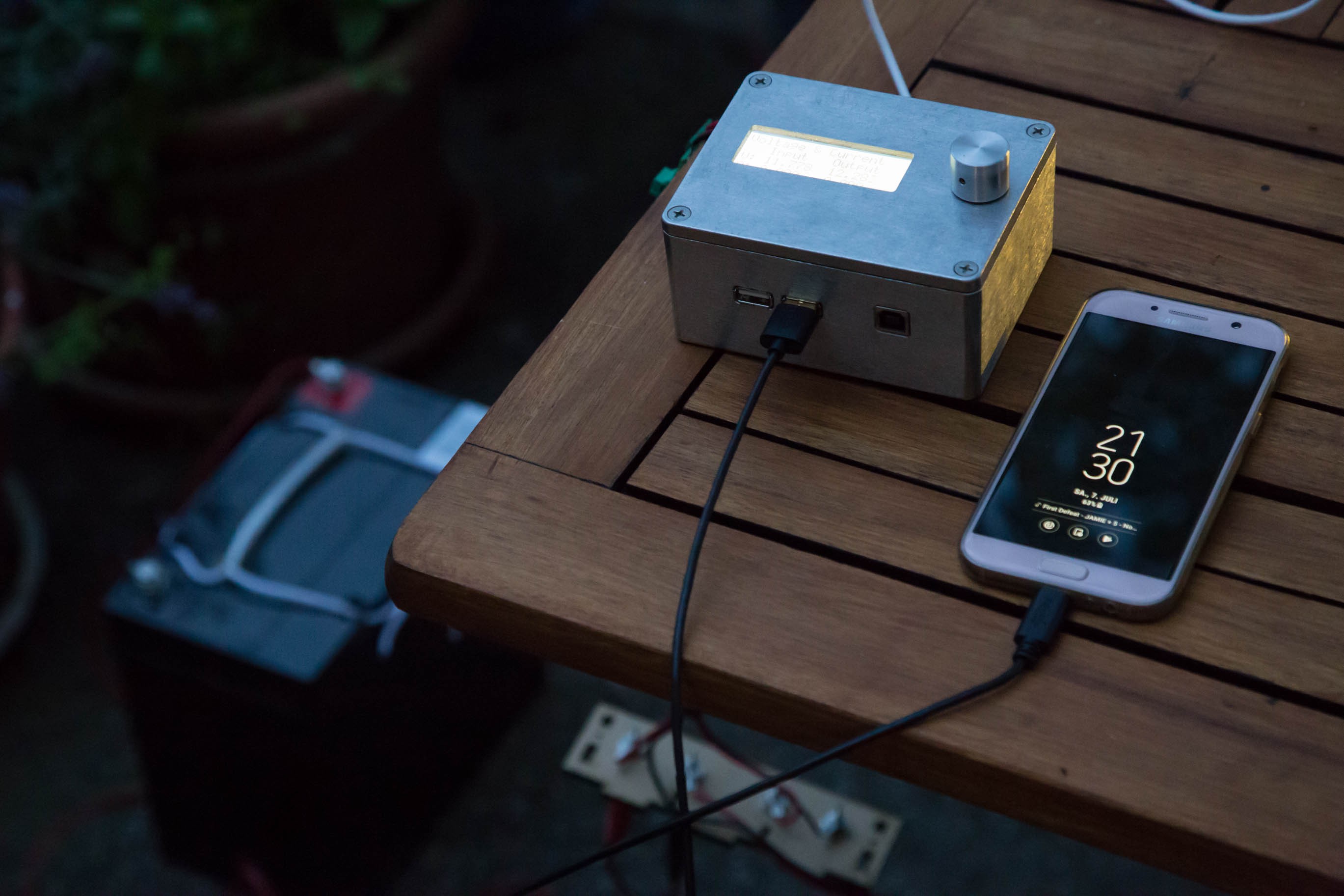
The 45Ah (I think) battery was relatively empty when I started so the battery was charged at full current without overcharging ever being an issue. Besides that, I used some of the energy to charge my cell phone.
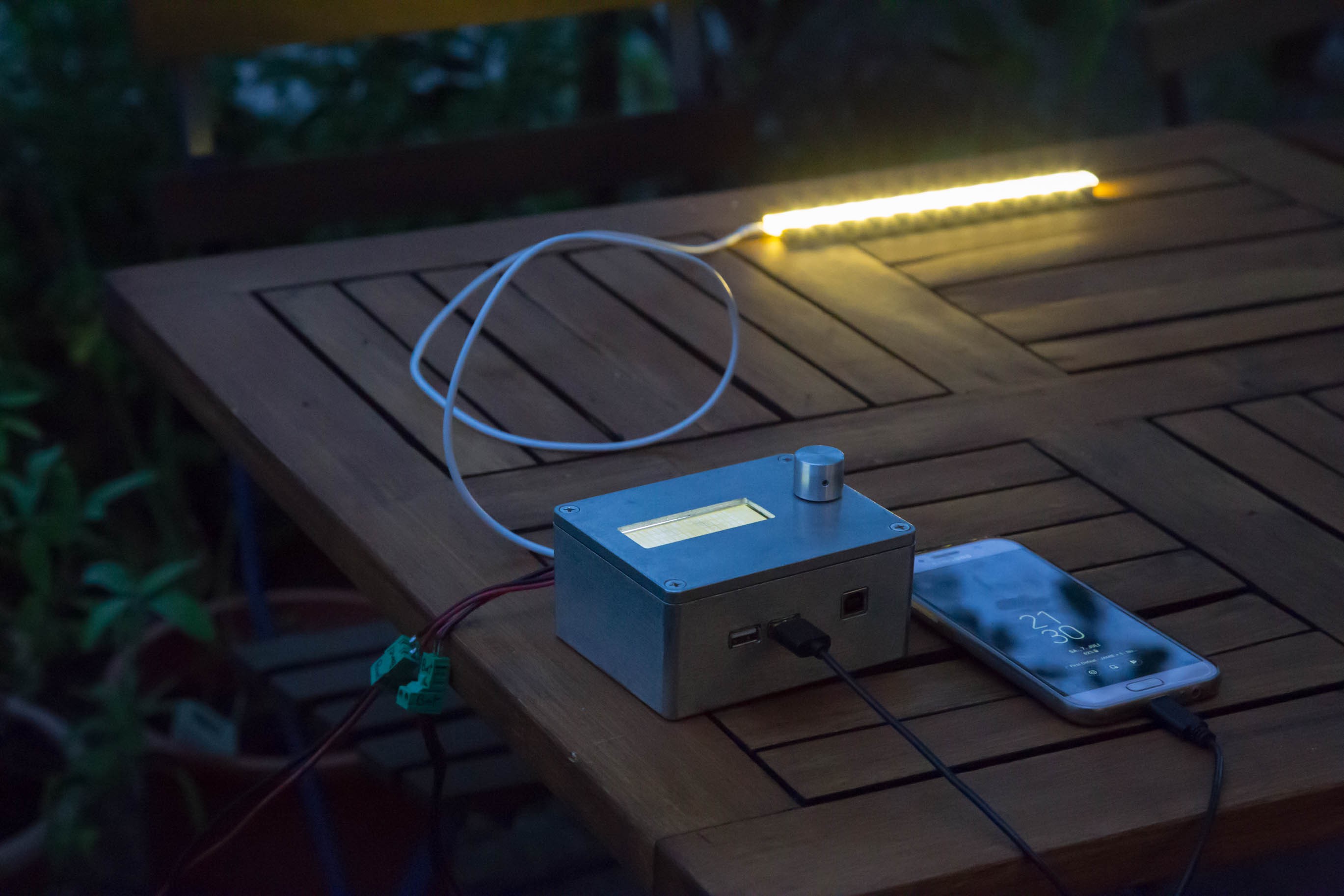
During most of the day, the charger sat in the sun while performing without getting overly hot. The on-board temperature stabilized around 45 degrees centigrade which can mainly be attributed to the sun, rather than losses in the charger.
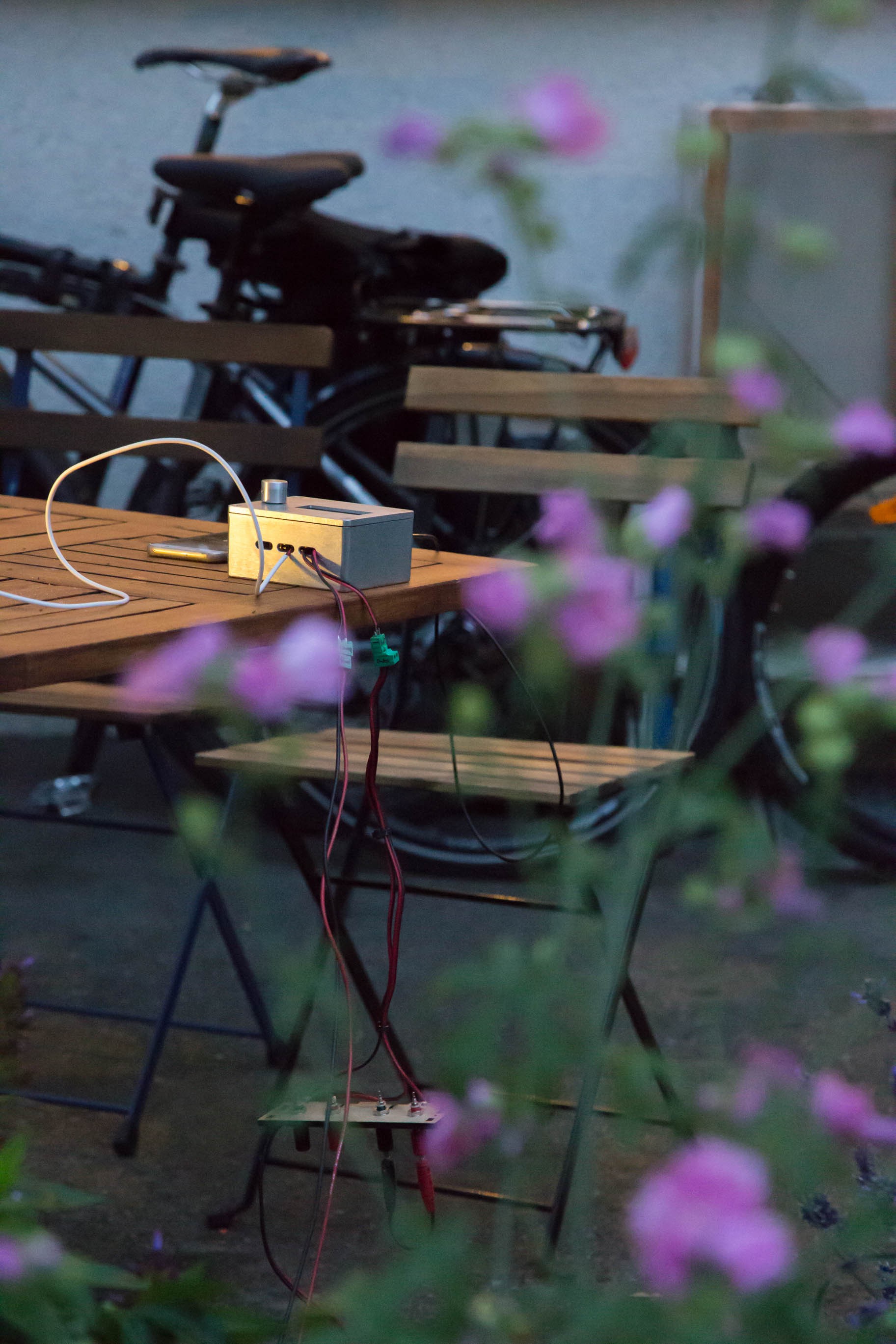
Later, after the sun had long set, I used a stip of warm white LEDs to provide some light. Rarely has embedded engineering been such a pleasent task.
 Lukas Fässler
Lukas Fässler
Discussions
Become a Hackaday.io Member
Create an account to leave a comment. Already have an account? Log In.